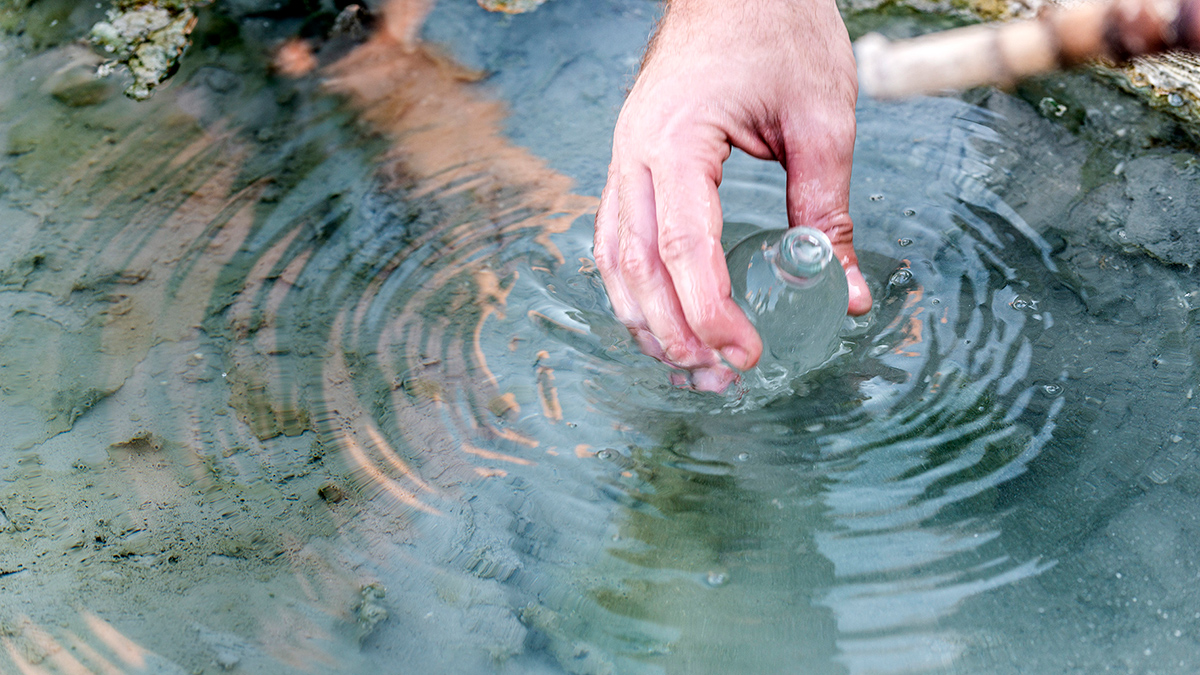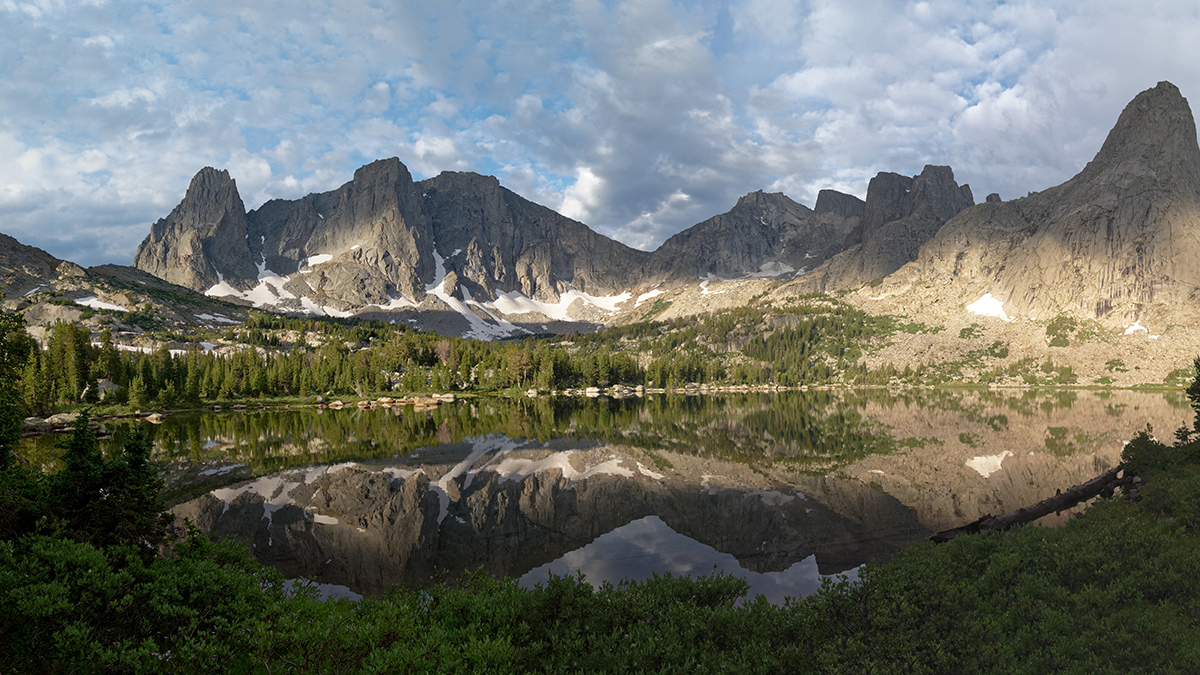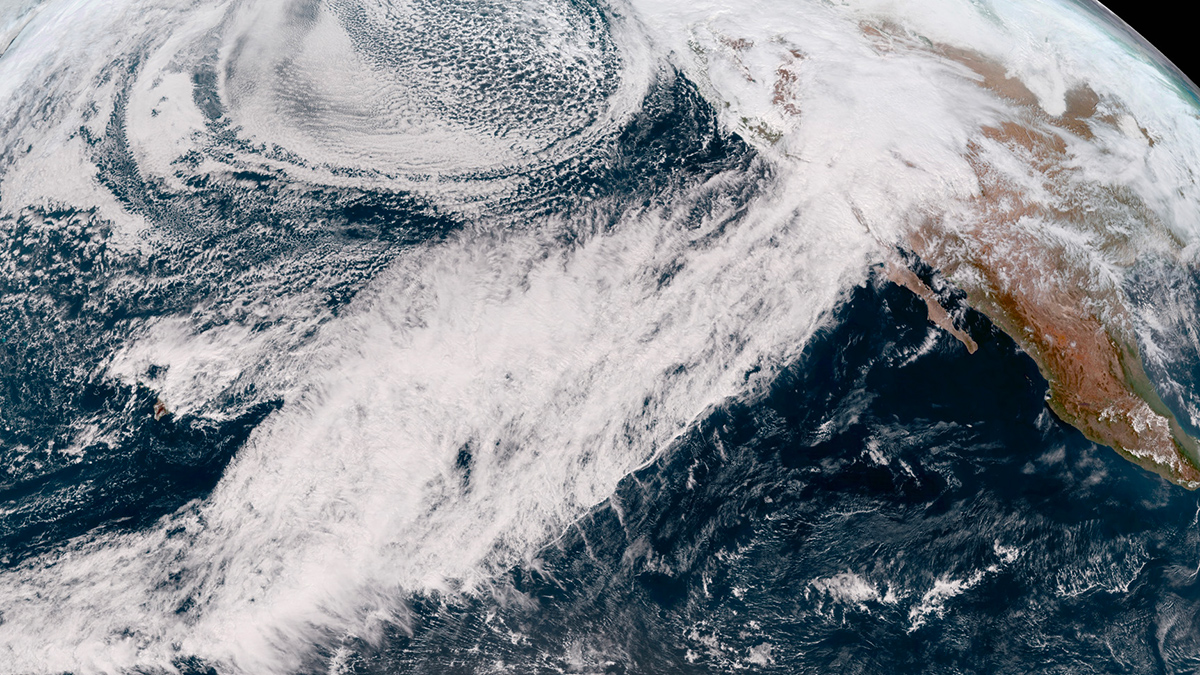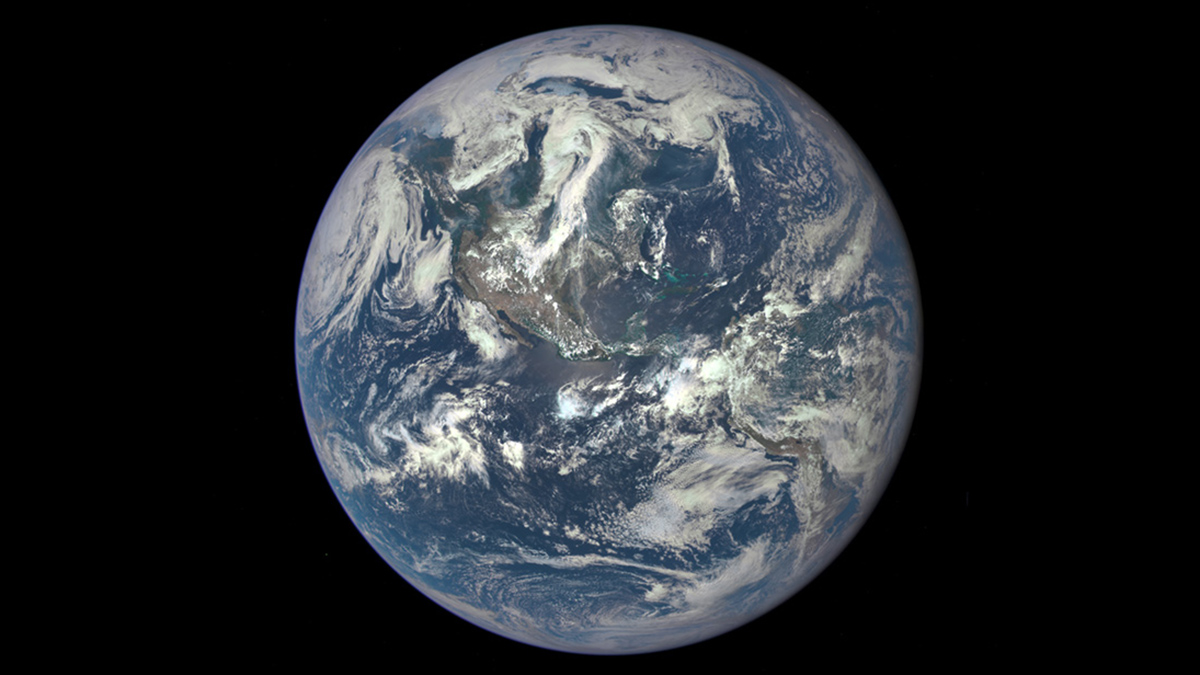Hay escasez de información sobre la salud de los lagos en las comunidades marginadas.
News
DNA in Lake Sediment Reveals the Impact of Introduced Fish
Non-native trout have altered the diversity of zooplankton that live in high-elevation lakes.
Climate Change Is Driving Dangerous Bacteria Farther North
Satellite data could help address rising rates of vibriosis infections, often the result of eating undercooked seafood, along the East Coast of the United States.
California Storms Recharged Watersheds, Geodesy Data Reveal
The atmospheric rivers that soaked the state in early 2023 released enough water to warp the ground and douse a deep drought.
Io Probably Doesn’t Have a Global Magma Ocean After All
Data from the Juno spacecraft may have answered a decades-old question about Jupiter’s moon.
Satellite Measurements Make Major Seafloor Map Improvements
Though ship-based sounding has mapped some areas of the ocean floor in higher resolution, researchers have used SWOT data to create a detailed new map of the seafloor, including thousands of previously undetected small seamounts.
Magnetic Meteorites May Explain How the Solar System Assembled
Faint magnetic properties in primitive asteroid fragments suggest an early magnetic field strong enough to shepherd the growth of the outer planets.
The Breath of Colonialism Continues to Taint the Air in Uganda
Potentially harmful air quality in Kampala, Uganda, follows the borders of segregated settlements from Africa’s colonial era.
Scientists May Have Found Another Viscosity Shift in the Mantle
The proposed distinction could improve Earth models.
Mid-Ocean Ridges Could Be Dispersing Thermophilic Bacteria
Scientists suggest that two strains of endospores located more than 4,000 kilometers away from one another originated in the same place: along the Mid-Atlantic Ridge.










